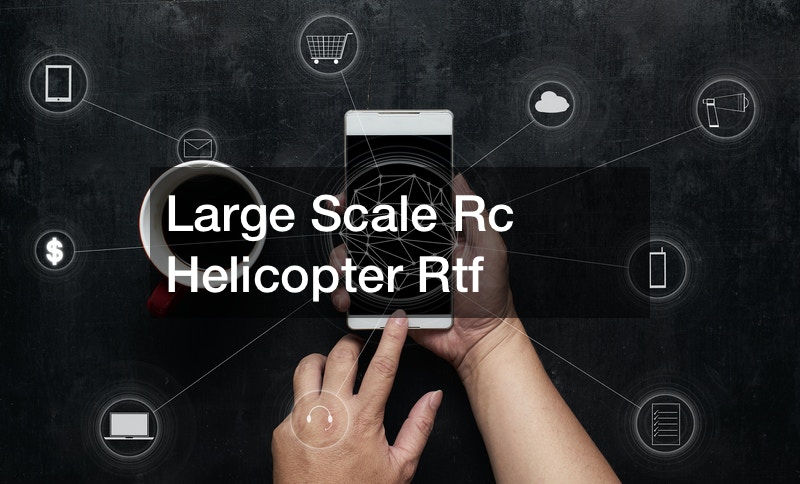
Metal etching is a meticulous craft that demands precision and attention to detail. Whether you’re an amateur craftsman or a seasoned professional, mastering the art of metal etching can elevate your work to new heights. Creating stencils tailored to your design is crucial to achieving pristine results. In this guide, we’ll delve into the process of crafting stencils for etching metal, unlocking the secrets to achieving flawless outcomes.
To embark on your journey into metal etching, you’ll need a few essential tools and materials. Firstly, a computer with design software, such as Adobe Illustrator, is your digital canvas for creating intricate patterns and logos.
Once your design is finalized, save it as a JPEG or PNG file for further processing.
Next, enter stenciling with the Brother P-touch 700, a versatile tool streamlining the stencil-making process. This device allows you to transfer your digital designs onto stencil sheets easily. By loading your design into the Brother software and printing it onto the stencil material, you’re one step closer to bringing your vision to life.
it’s time to bridge the digital and physical worlds as you prepare to etch your metal surface. Ensure your stencil is firmly adhered to the metal substrate, utilizing painter’s tape to secure it in place. This step is critical for achieving crisp, clean lines during the etching process.
With your stencil securely positioned, it’s time to introduce the magic of electro-etching. This method uses an electric current to selectively remove metal from the surface, leaving behind your desired pattern. Connecting a battery charger to your metal substrate and immersing it in a saline solution creates the perfect environment for etching.
Regarding electro etching, choosing between AC and DC power can significantly impact your results. While AC power produces darker etch marks, DC power offers deeper penetration into the metal, which is ideal for achieving intricate designs. Experimentation is key to finding the optimal power source for your specific project.
As you embark on your etching journey, don’t be discouraged by initial setbacks. Like any craft, mastering metal etching requires patience and perseverance. Through trial and error, you’ll refine your techniques and develop a keen eye for detail.
One of the most significant advantages of creating stencils for etching metal is the ability to customize your designs easily. Whether etching your maker’s mark onto knives or adding intricate patterns to jewelry, stencils empower you to unleash your creativity without limitations.
Moreover, the affordability and versatility of stencil-making tools like the Brother P-touch 700 make them accessible to artists of all skill levels. Gone are the days of outsourcing stencil production or investing in costly equipment. With the right tools and techniques, you can create professional-grade stencils from the comfort of your workshop.
In conclusion, mastering metal etching begins with mastering the art of stencil-making. By harnessing the power of digital design software and innovative stencil-making tools, you can unlock endless possibilities for creative expression. Whether a hobbyist or a professional artisan, stencils for etching metal are your gateway to achieving precision results and elevating your craft to new heights.
.





